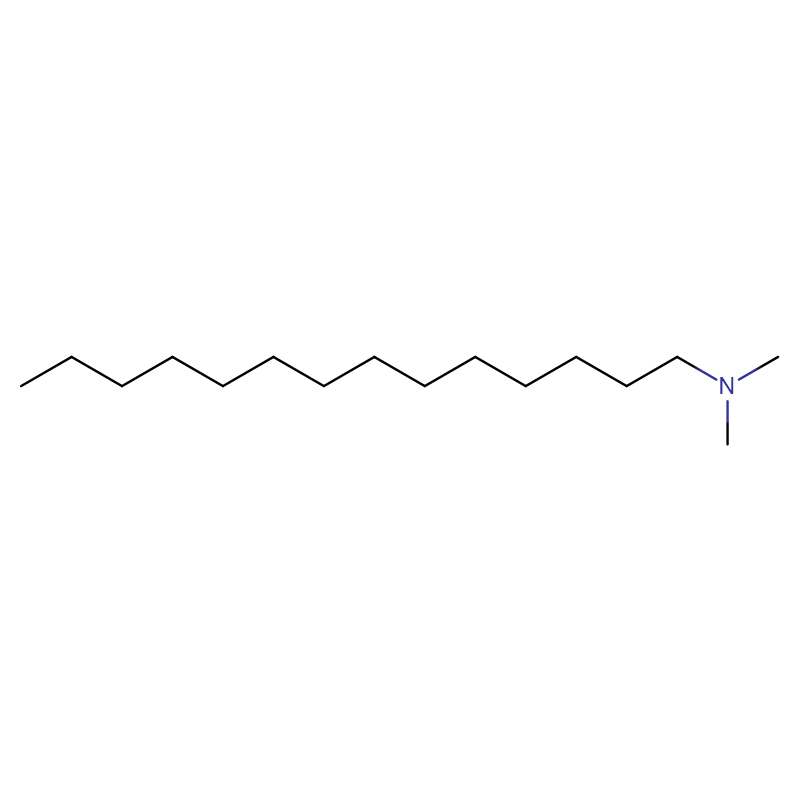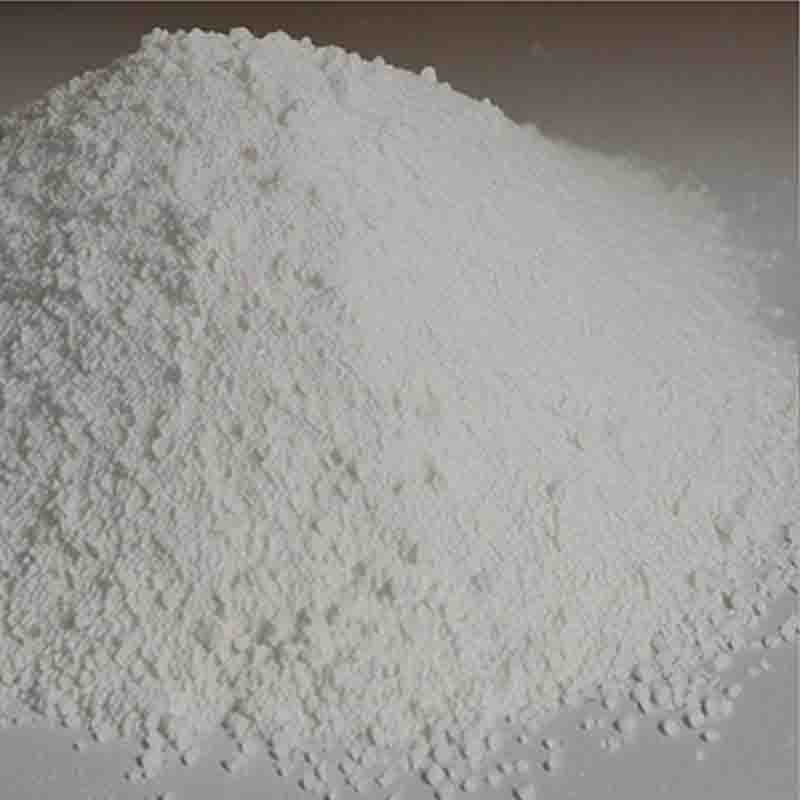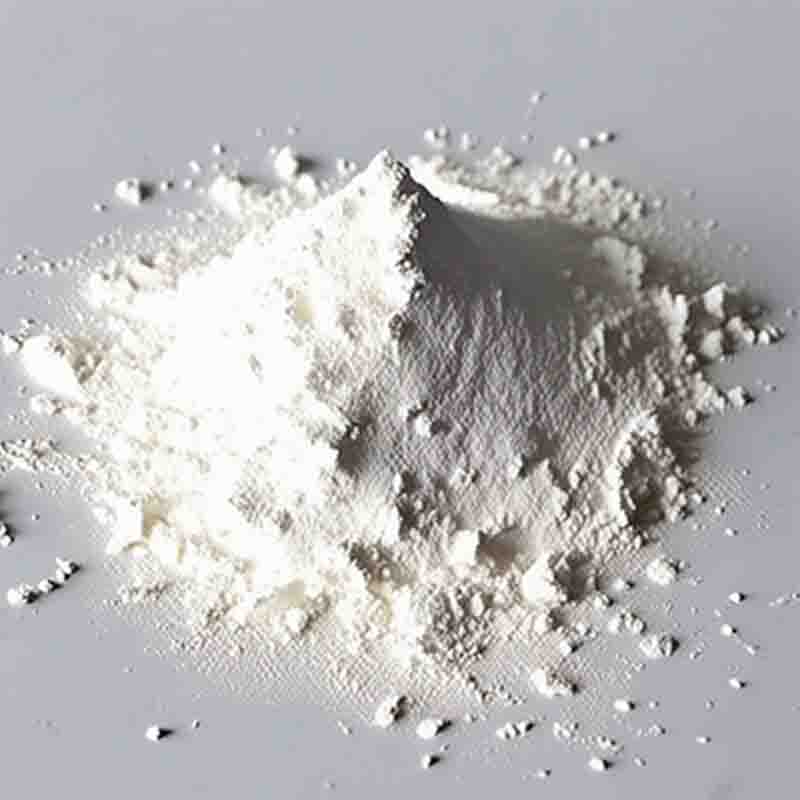9-(Biphenyl-3-yl)-3-(4,4,5,5-tetraMethyl-1,3,2-dioxaborolan-2-yl)-9H-carbazole CAS:1533406-38-0
| Catalog Number | XD96066 |
| Product Name | 9-(Biphenyl-3-yl)-3-(4,4,5,5-tetraMethyl-1,3,2-dioxaborolan-2-yl)-9H-carbazole |
| CAS | 1533406-38-0 |
| Molecular Formula | C30H28BNO2 |
| Molecular Weight | 445.36 |
| Storage Details | Ambient |
Product Specification
| Appearance | White powder |
| Assay | 99% min |
9-(Biphenyl-3-yl)-3-(4,4,5,5-tetraMethyl-1,3,2-dioxaborolan-2-yl)-9H-carbazole is a unique compound with an intricate molecular structure. This compound belongs to the carbazole family and contains borane and biphenyl moieties, which give it interesting properties and potential effects in various applications.One potential effect of 9-(Biphenyl-3-yl)-3-(4,4,5,5-tetraMethyl-1,3,2-dioxaborolan-2-yl)-9H-carbazole is its use in optoelectronics. Carbazole derivatives have been extensively studied for their applications in organic light-emitting diodes (OLEDs) and photovoltaic devices. These compounds possess excellent electron-transporting and hole-transporting abilities, which are essential for efficient charge transport in these devices. The incorporation of the borane and biphenyl groups in the structure of this compound may further enhance its optoelectronic properties, making it a potential candidate for advanced electronic devices.Furthermore, carbazole derivatives have been investigated for their potential in organic semiconductors. The unique combination of the carbazole, borane, and biphenyl groups in 9-(Biphenyl-3-yl)-3-(4,4,5,5-tetraMethyl-1,3,2-dioxaborolan-2-yl)-9H-carbazole could lead to improved charge-carrier mobility and stability, which are crucial for high-performance organic transistors. These transistors have shown promise in flexible and low-cost electronics, with potential applications in wearable devices, sensors, and displays.Another potential effect of 9-(Biphenyl-3-yl)-3-(4,4,5,5-tetraMethyl-1,3,2-dioxaborolan-2-yl)-9H-carbazole is its use in medicinal chemistry. Carbazole derivatives have displayed various biological activities, such as antibacterial, antiviral, and anticancer properties. The introduction of borane and biphenyl groups in this compound may further enhance its biological activity. The biphenyl moiety, for example, has been known to interact with specific enzymes or receptors, thereby modulating their activity. This could be explored for the development of new therapeutic agents with improved efficacy and reduced side effects.In conclusion, 9-(Biphenyl-3-yl)-3-(4,4,5,5-tetraMethyl-1,3,2-dioxaborolan-2-yl)-9H-carbazole exhibits potential effects in optoelectronics, organic semiconductors, and medicinal chemistry. Its unique molecular structure, combining carbazole, borane, and biphenyl functionalities, holds promise for applications in advanced electronic devices, organic transistors, and the development of new therapeutic agents. However, further research and experimental studies are required to fully explore and validate these effects and unlock the compound's full potential in these fields.









![2-Methylpyrazolo[1,5-a]pyriMidine-6-carboxylic acid CAS: 739364-95-5](https://cdn.globalso.com/xdbiochems/白色粉末1351.jpg)